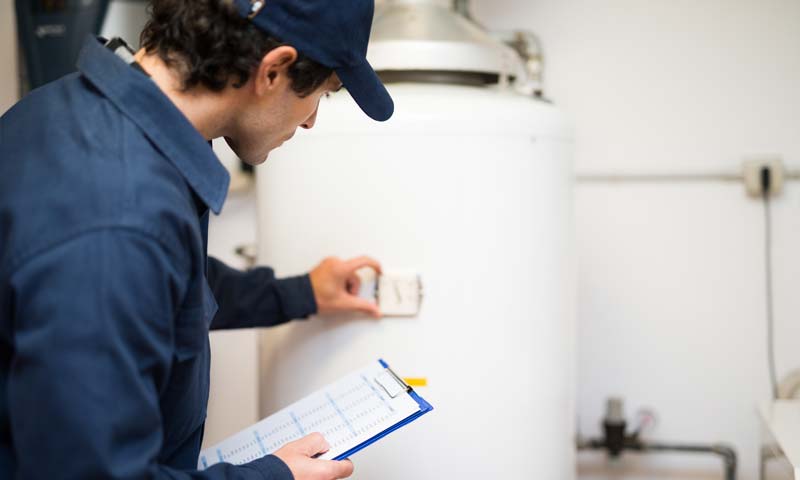As the colors begin to change and the leaves start to fall, we know that fall is underway and winter is right around the corner. Which means there’s no better time to do some routine maintenance on your water heater to prepare it for the upcoming months. Inspecting your system can alert you to any problems which may need to be repaired, and can provide you with peace of mind because you know your water heater will work reliably all season long.
Keep reading for our list of crucial maintenance tips that should never be neglected to get your water heater ready for a season’s worth of heavy use:
Fush your water heater tank.
Flushing the tank can prevent the buildup of minerals and sediment from occurring in your tank, which can clog your valves and cause your water heater to begin malfunctioning.
Draining your tank is easy; just follow these steps:
- Turn off the gas or electric power supply
- Open a hot faucet and let it run for several minutes
- Turn off the hot faucet
- Turn off the cold water valve on your hot water tank
- Attach a garden hose to your tank
- Drain the remaining water in your tank into a nearby drain
Inspect Your Anode Rod
Your anode rod is a rod that extends down into your water heater and attracts any corrosive elements or minerals which may otherwise stick to the sides of your tank and cause it to wear out. Checking your anode rod and replacing it when it looks worn out is an important step when it comes to maintaining your water heater, so make sure not to skip this step!
Insulate
Insulating your water heater and pipes can help prevent your system from using more energy than is necessary to heat your water. We recommend buying pre-cut insulation jackets from your local hardware store to save on costs.
Turn the Temperature
If you’ve noticed that your water heater seems to have trouble heating your water as efficiently during the winter as it does during the summer months, then it’s perfectly reasonable to adjust the temperature inside your tank to compensate. You don’t need to turn it up by much, just a difference of 5 - 10 degrees will make a big difference, and will ensure you can enjoy hot water all winter long.
Check Your Pressure Relief Valve
It’s important to check your pressure relief valve to ensure that it hasn’t become clogged or forced shut, which means that any pressure inside your tank won’t be able to escape.
To check the valve, lift and lower the level and check to see that it also moves the brass stem which is attached to it. You should also notice that hot water flows out of your drainpipe as you do this, which will indicate that your tank is working properly.
Call the experts at Dan's Plumbing Services for any concerns of questions you may have about your water heater.


